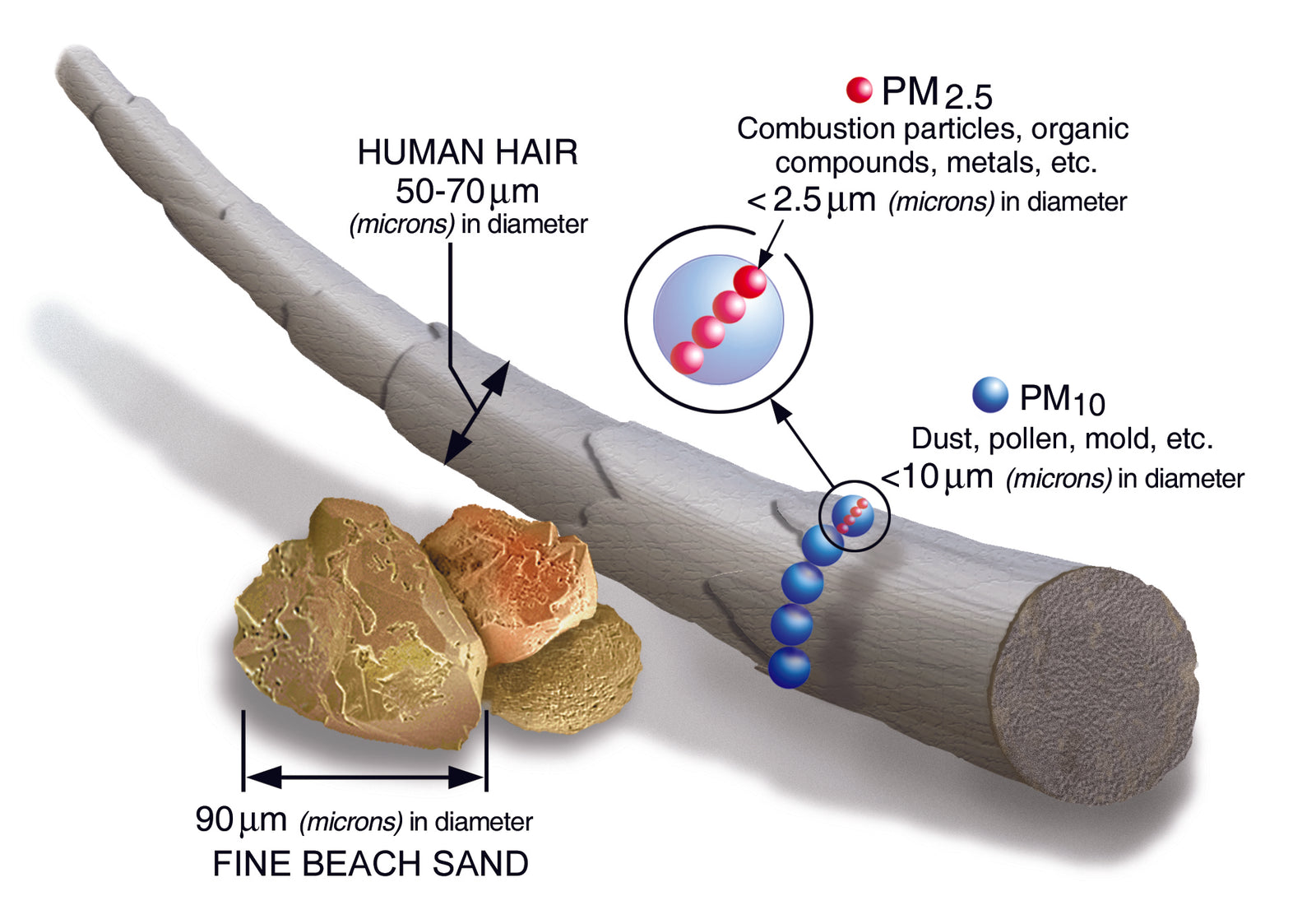The Art and Science of Face Masking

While it’s possible to contract the coronavirus through contact and items we touch containing droplets of the virus, research is showing that the virus is most often spread through the air or airborne transmissions (the virus is suspended in the air as an aerosol in fine particles). Whether through coughing, sneezing, singing, or loud conversations the ability for an infected person to spread the virus through the air is central to the CDC's, doctors, and many of our politicians encouraging or mandating the use of masks to aid in controlling the spread of Covid-19. Informative and entertainment, Dr. Mike Hansen does an excellent job of explaining so many aspects of this pandemic on his YouTube channel, I encourage you to check him out and even subscribe for expert advise on how exactly the virus spreads. https://www.youtube.com/watch?v=xJ4Epf8i1uk&feature=emb_rel_end
What I wanted to explore this week was the effectiveness of the masks we wear. By now, we’ve all seen the plethora of advertisements promoting yet another mask. Masks that are fashion statements, or make a statement, to support your favorite team, or the new company-branded giveaway. Then you have masks built for purpose like 3M's N95 medical masks, a clear mask you can see your smile through then flip up to drink your latte, to the bandana that was sitting at the bottom of a draw for the last decade. With all these choices it begs the questions, are all these masks effective?
I'm a fan of the desert and a couple of years ago I bought a mask to wear when visiting, primarily to protect against sandstorms. Like recommended with the coronavirus, I also wear glasses or goggles to protect my eyes from the fine particles of sand. The brand I wore and also my pandemic mask of choice is a Metamasks. It was designed for high pollution areas/cities to protect citizens while outdoors. So, I reached out to the company to learn more about the brand, the research they’ve conducted during this outbreak, and how their product stacks up against others. I spoke with Matt Lopez, a Seattleite, Tango dancer, and former consultant to the United Nations, now living in Bali Indonesia where they’re headquartered, for the facts, and like I thought, it’s scientific.
Based on filter technology: Nelson Labs has tested our filters which are from New Zealand’s Revolution Fibres and the results are astounding. At particles (viruses, etc.) under 0.1micron, the fiber is efficient up to 99%! For more information see: https://www.metamasks.com/nanotech
On top of a strong filter, Metamasks is also a certified CE. "CE marking is a certification mark that indicates conformity with health, safety, and environmental protection standards for products sold within the European Economic Area.”
Styles: Each style is breathable and provides the same level of protection. Replaceable filter masks come with a set already in the mask and two extra sets. Embedded masks come with filters already inside the mask and are not replaceable. Both types can be cleaned. The product can also be branded with your company logo!
We are very excited to now be carrying the Metamasks filtered mask in earthwisegifts.com, and soon EarthwiseUV. You can check them out here.
5 things to consider when face masking
- The US government still restricts the sale of N95 medical masks to the general public to ensure our health care providers have access to these critically important devices, but that doesn't mean you can't buy a mask that fits comfortably and also filers out 95% (hence N95) of airborne particles like, viruses, dust, and smoke. Read your labels.
- Ensure the mask fits comfortably, there should be a good seal around your face to prevent particles from easily coming in or escaping. The CDC reported that a bandana is better than nothing, I’d argue, not much better.
- If style is important to you, be fashionable but avoid dark colors if you’re going to be outdoors and live in a hot climate, a dark mask in the hot sun can make it more difficult to breathe or be “physically” cool.
- Keep your mask clean. Not everyone has a UV sanitizer to sterilize your masks or personal items after use so hand wash your mask with a germicidal cleaning product, remembering to remove the filter if you have a more advanced product like a Metamask. And allow time for your mask to completely dry before reusing.
- Finally, if you are spending time exercising in your mask, invest in a product that's designed to allow you to breathe and includes a filter to trap particle rather than multiple layers of fabrics, as you’ll likely be inhaling and exhaling higher volumes of air.
It's difficult to forecast if masks will become the new tie for a man or jewelry for women. For the foreseeable future, annoying or not, it’s a simple device that can help keep all of our families healthier and safer in the weeks and months ahead.
Also in News

An Unusual Journey to Normalcy

The History of Vaccines: What it Means for Coronavirus

